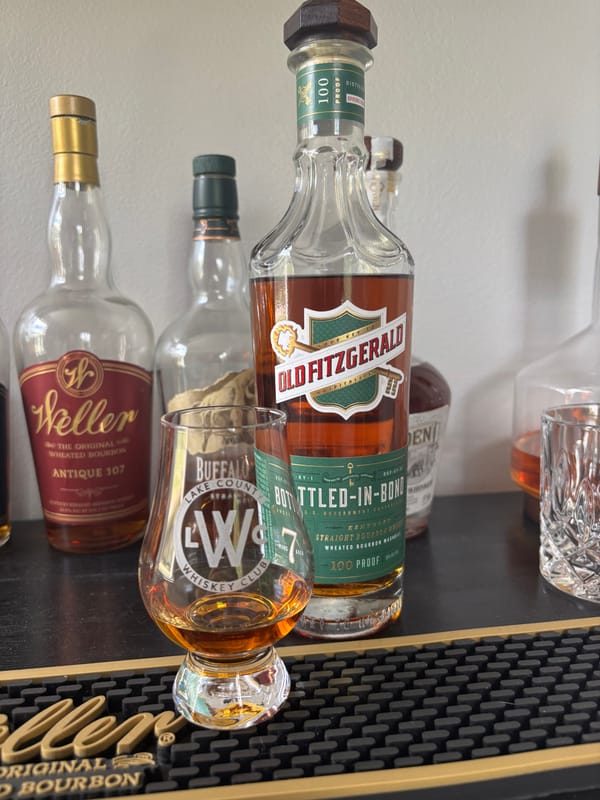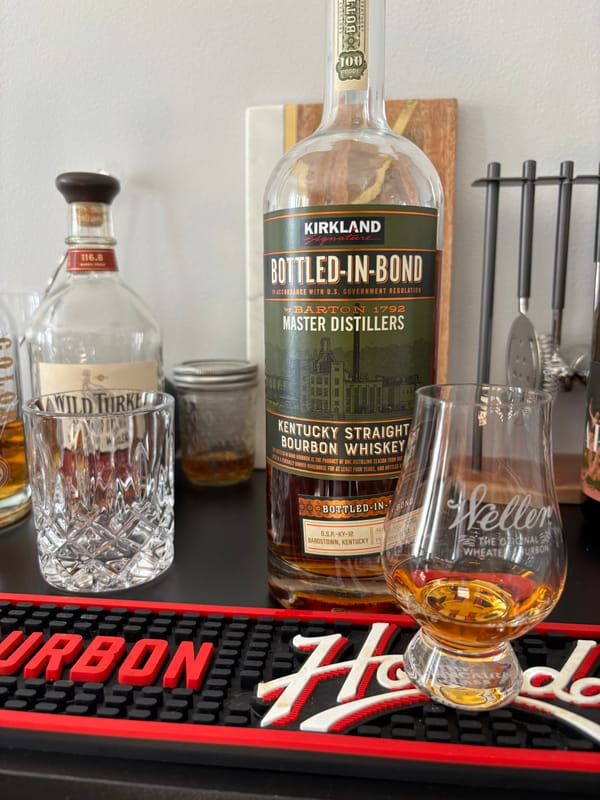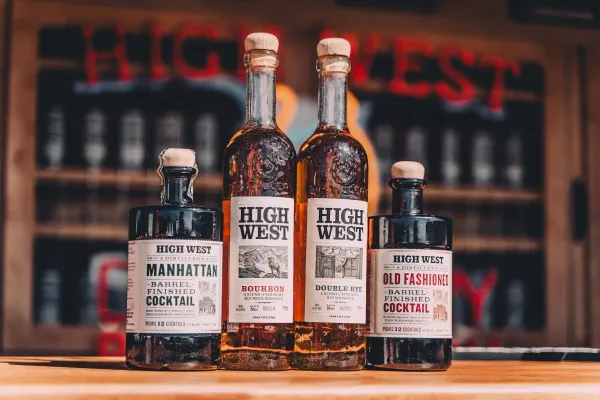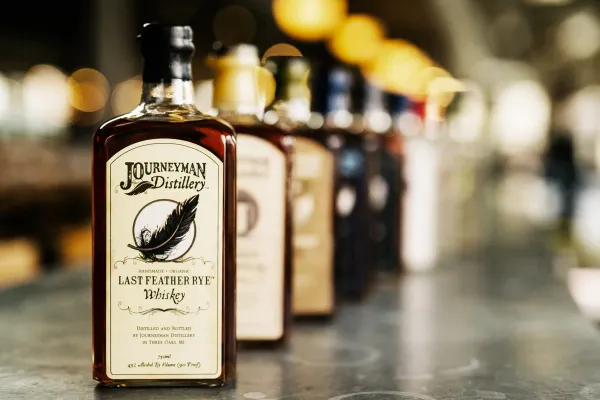The Whiskey Myths You’re Falling For (And the Bottles That Prove Them Wrong)

Whiskey’s full of tall tales—old equals good, cheap equals bad—and they’re tripping you up. These myths are busted by facts and bottles that flip the script, saving you money and unlocking better pours. Here’s what’s fake, what’s real, and what to sip instead.
Myth: Older is better. Nope—12 years can beat 20. Four Roses Small Batch ($35, 6-10 years) brings honey and spice—gold at 2022 SFWSC—while over-aged bourbons turn woody, per Breaking Bourbon (2022). Heat speeds aging—Kentucky’s faster than Scotland’s, per Kentucky Distillers’ Association (2022).
Myth: Cheap whiskey sucks. Wrong—Evan Williams Black Label ($15, 86 proof) offers caramel and oak, topping pricier picks in Whiskey Advocate’s 2021 blind tasting. Low cost means smart distilling, not low quality.
Myth: Bourbon’s all sweet. Not true—Knob Creek 9 ($35, 100 proof) leans nutty and dry, per Bourbon Culture (2021). High rye in its mash cuts sugar—51% corn’s the minimum, per U.S. law.
Myth: Scotch needs smoke. Nope—Glenlivet 12 ($40) skips peat for apple and honey, per Distiller.com (2022). Speyside’s 50% of Scotch output avoids it, per Whisky Auctioneer (2023).
Myth: Rye’s too harsh. False—High West Double Rye ($35) blends young and old for mint and smoothness, per The Whiskey Wash (2022). Rye’s 51% minimum (U.S. regs) doesn’t mean firewater. These—Four Roses, Evan Williams, Knob Creek, Glenlivet, High West—crush the lies.
Want to bust more myths with the right bottles? Check out NEAT: Whiskey Finder—it’ll help you get a pulse on what is hot in the whiskey community.





